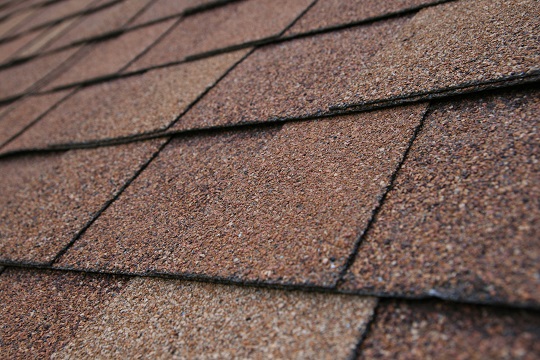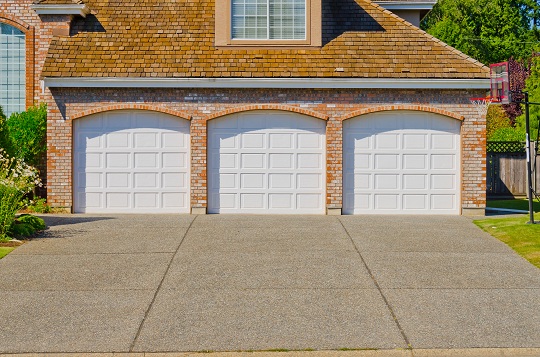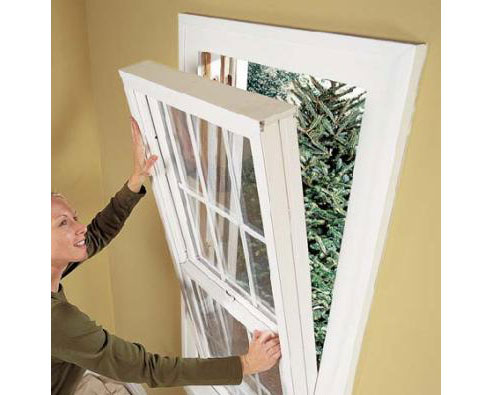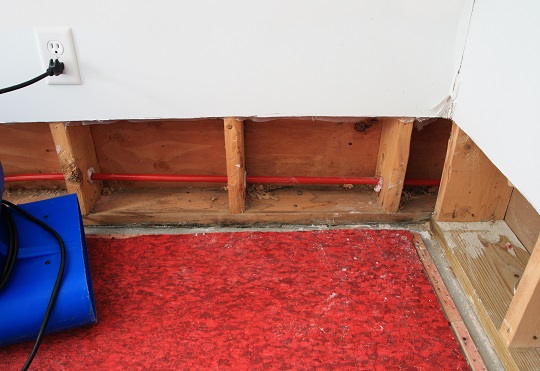Don’t Let Flood Ruin Your Roof
Floods can cause extreme damage to your home. Don’t make the mistake of thinking that this can never occur to you. To minimize risks, you need to take the necessary measures to ensure a flood-proof home.
How to Protect Your Roofing and Siding
As the roof is the part that covers the top of your house, it is the most exposed and likely to suffer from the impact of bad weather conditions. The same goes for the siding – the material, which covers the outer walls of your home, is likely to be deteriorated by heavy water. Let’s see what you can do in order to protect the outer parts of your house and have a flood-proof home.
Check Your Roofing and Siding
Before you start your flood-proofing project, you need to check your roof and siding first. It might be necessary to have some repairs done before reinforcing them. If you’re not much of a handyman, you may want to get professional help. This way you can be sure that the job is done properly.
Use Flood Damage-Resistant Materials
Choosing flood-proof materials is the most significant protection measure you can take. It is important that you opt for types of materials that are meant to protect your house against floods. Among these, fiber cement is a top contender for a flood-proof home. It can deal successfully with debris that could be projected onto your house. Moreover, it is advantageous because you don’t have to worry about moisture.
What You Should Do In The Event of a Flood
In the event of a flood, could you repair your roof and siding by yourself? There are certain things you could do, but it is recommended that you act with extreme caution. First, you should inspect the condition of your roof. Be careful, because the whole structure of your house could be affected. Wear boots, gloves, or flood-proof equipment, and never perform this in the dark.
Need Help?
If you need to repair your roofing or siding, you might want it to be done by professionals. Seva Call can help by putting you into contact with the right people in no time.








